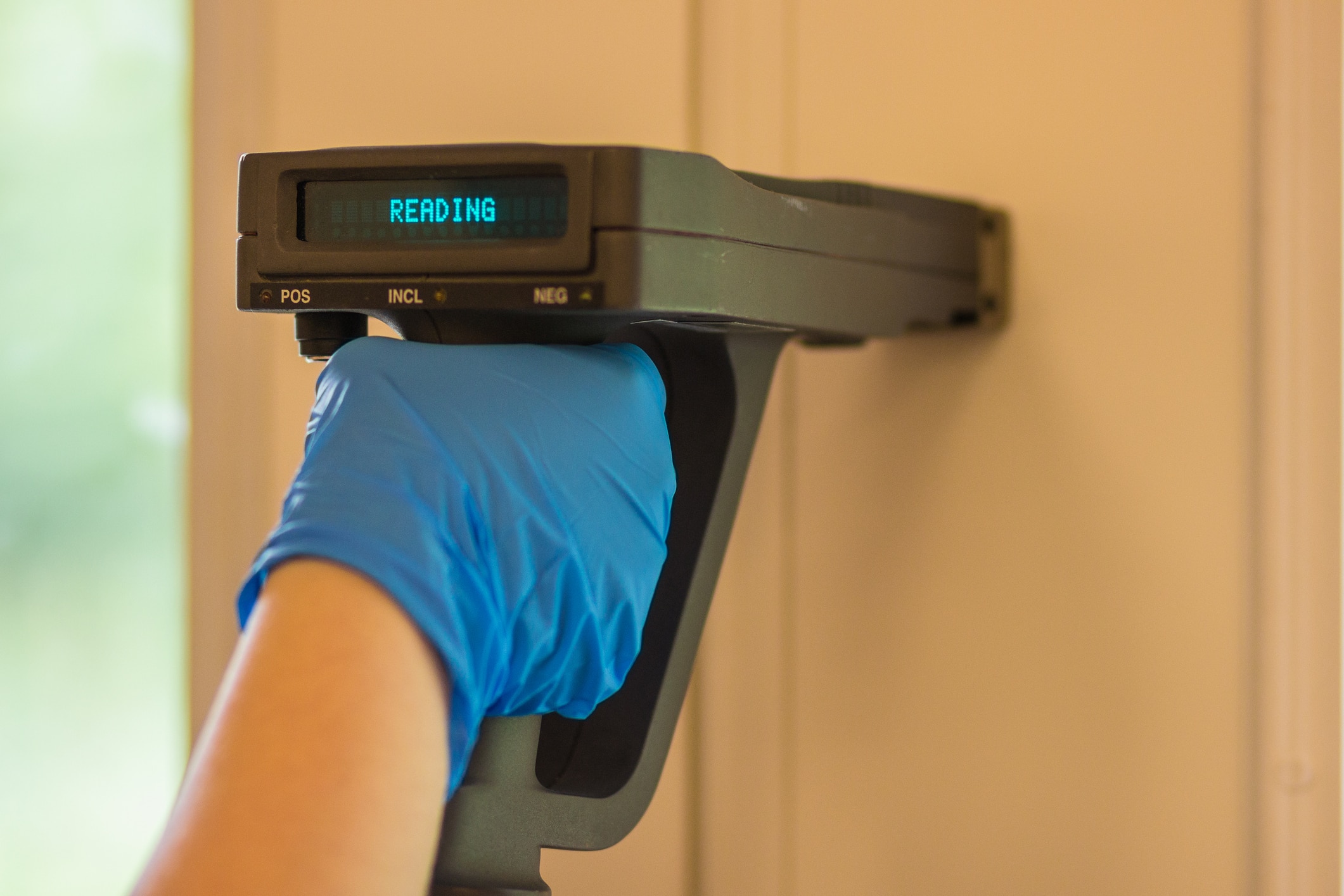Environmental Testing – EPA Testing Before Purchasing a Home

The purpose of home EPA testing is to discover if there are any hazardous materials in or around a house. It includes both home air quality testing and soil testing, and it can provide homeowners and residents with the information they need to create a cleaner environment, protecting themselves and others from common health hazards.
Why Home Inspection Tests Matter
If you’ve bought or sold a home before, you’ve probably heard advice about having the home inspected. Home inspectors look for damage in the home.
As a seller, this information is useful because it could pinpoint problems. By fixing these issues, you can demand a higher price for your home.
For buyers, a home inspection is even more important. It could uncover costly problems the current owners weren’t aware of or were trying to cover up. If you buy a home without having it inspected, you assume responsibility for these issues.
Home inspection testing can help you make a better buying decision. It could also help you negotiate the price of the home.
Look Outside the Home Too
As mentioned, some homes may still have lead issues. The hookups between the house and municipal water supplies could also still have lead in them.
Lead can also leach into the ground, along with other contaminants. If you’re buying a home with a yard, it’s a good idea to have the outdoors inspected too.
Who Should Inspect the Home?
If you want to have your home tested, make sure the inspector you hire can perform environmental tests. Not all home inspectors have the right licensing for these tests.
What Does An Environmental Test Do?
1. Checks For Lead
Before lead was known to be dangerous, it was used to paint a lot of homes. Home paint stopped using lead base in 1978, but in many cases, traces of the substance still remain. This can be especially hazardous to children, so having testing done is important.
2. Tests For Asbestos
Asbestos is another toxic substance that was previously used in home building materials. While asbestos isn’t dangerous until it becomes airborne, it is definitely necessary to have your home tested before doing any renovations or repairs.
3. Measures Radon Gas Levels
Not all inspectors are always equipped to test for radon gas, so make sure that your inspector is when coming to do environmental tests. Certain small levels of radon gas are normal, but it’s important to make sure that your levels are normal and meet the requirements from the Environmental Protection Agency.
Identifying Environmental Hazards

An EPA test might include everything from air and soil testing to water testing, looking for common hazards that can occur naturally or result from outdated or unsafe construction materials. One of the threats that this testing is looking for is radon.
Radon Testing
Radon occurs naturally as uranium breaks down in the ground, and it seeps up into homes as a colorless, odorless and tasteless gas. It is one of the leading causes of lung cancer in the United States, and it can occur in almost any geographic location.
Water Testing
Not only can radon circulate in the air, but it can also contaminate water supplies. Wells and storage tanks run a particular risk, though it can also seep into pipes. Of course, well water presents many other risks because it filters through the ground.
As this water moves through soil, materials that are present in the ground can dissolve into the water and become contaminants. Common contaminants in soil include bacteria, arsenic and lead.
Lead Testing
Lead often exists in older homes with lead-based paints, and it can occur naturally. As homeowners and residents are exposed to lead, it accumulates in the body and becomes toxic to various organs and tissues. Lead paint is a particular risk as children can ingest the chips and flakes.
Mold Testing
Mold is another common risk, growing in places inside homes where there is high moisture content, water seepage or leaks. Mold spores get into the air, and when breathed, they can cause respiratory problems or inflame pre-existing conditions, like asthma and allergies.
These are just a few of the major contaminants that an EPA test can uncover. MD Mold Testing in Maryland can give homeowners the peace of mind of knowing that their living space is safe and healthy, as well as the information to know when there are problems that must be addressed.
Home Air Quality Testing In Maryland
MD Mold Testing in Maryland offers reliable home EPA testing and home air quality testing that can identify potential problems for homeowners. For more information about our services, Call Us At 301-717-1454 or fill out a contact form on our website!





